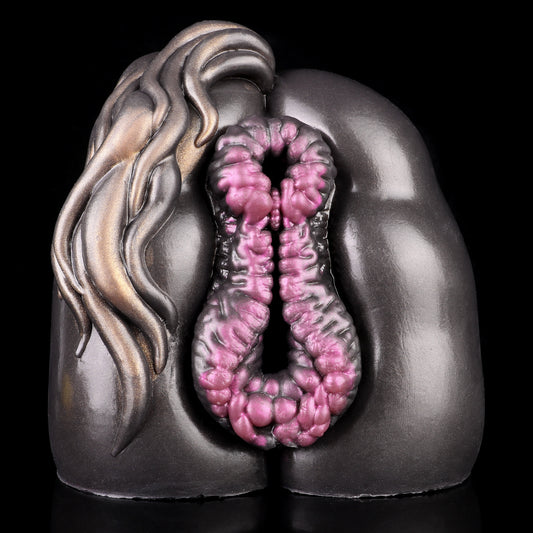
Historical Texts and Records
Throughout history, various texts have commented on penis size. For example, ancient Roman medical texts often discussed the "ideal" proportions for a man’s body, including his penis. These texts were based on a mix of practical observations and mythological ideals, influencing medical and cultural standards for centuries.
The topic of average penis size by country often sparks curiosity and conversation. While the numbers themselves are interesting, the cultural, historical, and social contexts behind them can be even more fascinating. Here are some intriguing stories and histories from different parts of the world.
The Myth of the African Giant
One of the most persistent myths is that African men have significantly larger penises. This stereotype has roots in colonial history, where European explorers often exaggerated the physical attributes of African men to portray them as "primitive" and "savage." Modern studies show that there is variation across the continent, but these myths have left a lasting impact on perceptions and stereotypes.

The Ancient Greeks and the Idealized Phallus
In ancient Greece, the ideal male body was often depicted with a smaller, non-erect penis. This was seen as a symbol of self-control, rationality, and civility, in contrast to the large, erect penises depicted on satyrs and other mythological creatures, which were associated with lust and barbarism. The Greeks believed that a modest-sized penis was a mark of sophistication and intellect.
Japan and the Tengu
In Japanese folklore, the Tengu is a mythical creature often depicted with an unusually long nose, which is a euphemism for a large penis. The Tengu's exaggerated features were symbols of both its power and its potential for mischief. This folklore reflects a historical fascination with phallic symbols, which can also be seen in traditional festivals like the Kanamara Matsuri, or the "Festival of the Steel Phallus."
India’s Khajuraho Temples
The Khajuraho Group of Monuments in India are famous for their erotic sculptures, which include depictions of various sexual activities and different body types. These temples, built between 950 and 1050 AD, reflect a time when sexuality was an open and integral part of life and spirituality. The diversity in the sculptures suggests a broad acceptance and celebration of different body sizes and types.
The Modern Western Obsession
In the West, the obsession with penis size has been fueled by media, pornography, and popular culture. This has led to a range of insecurities and a booming market for enhancement products. Interestingly, studies have shown that men often overestimate the average size and underestimate their own size, leading to a skewed perception of what is "normal."
South Korea’s Changing Views
In South Korea, there has been a significant cultural shift over the past few decades. Traditional Confucian values emphasized modesty and restraint, but modern influences from Western media have changed perceptions.
South Korean men now face increasing pressure regarding body image, including penis size, leading to a rise in cosmetic surgery and enhancement procedures.
Fantasy Final Thoughts
While the average penis size by country can provide interesting data, it’s the stories and histories behind these numbers that truly captivate.
By understanding these stories, we can better appreciate the diversity of human experience and challenge the stereotypes and misconceptions that persist today.





























